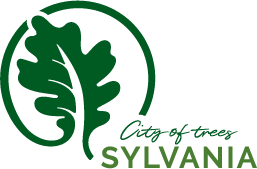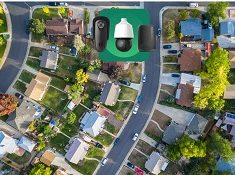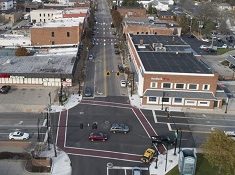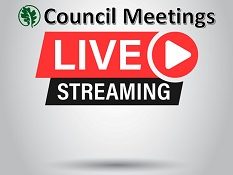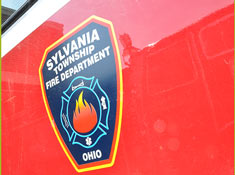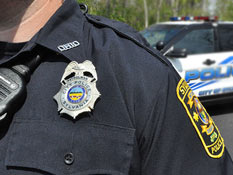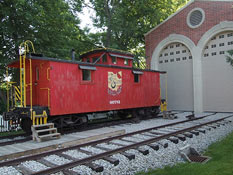The City of Sylvania is pleased to announce a new backflow program which allows you to submit backflow test reports online, SwiftComply. To enroll each tester, please click on the link below:
SwiftComply Backflow Tester
All commercial customers are required to submit annual backflow prevention assembly tests and maintenance reports through the SwiftComply tracking system.
Paper backflow test reports will no longer be accepted directly by the City of Sylvania.
From this enrollment page you may:
- Request an Admin account
- Request individual Tester accounts
- Submit your Testing Certification and Test Kit Information (Please note these are required to sign up)
- View Frequently Asked Questions
Our goals with implementing this software include improved compliance, an increase in on-time backflow tests, and reduced administrative burden.
About Backflow
To protect the public water supply, the state of Ohio and City of Sylvania policies require precautions to be taken to isolate any contamination or pollution that may be present in consumer water systems which could backflow into the public water supply. If a customer is found to have a potential or actual cross-connection contamination hazard, the customer is required to eliminate the hazard and/or install an appropriate backflow prevention device at the service connection and/or hazard.
Rules and Regulations
EPA Backflow Fact Sheet
Contact Us
Please report any suspected cross-connections to the water foremen, Shawn Turner 419-885-8733, option 1 or E-mail: sturner@cityofsylvania.com
Frequently Asked Questions
What is a cross-connection?
Any physical connection created between a possible source of contamination and any drinking water system piping.
What is backflow?
The flow of water or other liquids or substances through a cross connection from a possible source of contamination back into the drinking water system. There are two types of backflow:
- Backpressure – This occurs when an opposing pressure is applied against the City’s water system supply pressure. Causes for increased pressures from a private system may include a pump, elevated tank, boiler, or other condition.
- Backsiphonage – This occurs when backflow is caused by negative or reduced pressure in the water supply piping. Cross-connections are the links between the public drinking water supply and auxiliary water such as a pond, holding tank or well. Backflows into the public water supply can be prevented with the installation and maintenance of Backflow Prevention devices.
What is a backflow prevention device?
Any device intended to prevent the backflow of water from a customer water system to the public water system. These devices are typically installed close to the water meter.
Who can install/test a backflow prevention device?
A licensed backflow prevention contractor is required to install and test backflow prevention assemblies. Plumbing permits are required for performing this work.
What are some common potential backflow hazards?
- Water operated sump pumps.
- Hose connections to chemical distributors such as lawn fertilizer or herbicides.
- Hose connections to a water outlet or laundry tub.
- Lawn irrigation systems.
- Swimming pools or hot tubs.
- Boiler heating systems that are connected to the potable water supply.
- Private or non-potable water supplies located on the property.
- Industrial or Commercial processes.
- Feed lots or livestock holding areas or barnyards fed through pipes or hoses from your water supply.
- Chemically treated heating systems.
- Hose connections to chemical solution aspirators to feed lawn and shrub herbicides, pesticides, or fertilizers.
What are some examples of cross-connection and backflow scenarios?
- Soapy water or other cleaning compounds backsiphoned into your water supply system through a faucet or hose submerged in a bucket or laundry basin.
- A hose submerged in a swimming pool or lake that creates a pathway for pool/lake water to enter the water supply plumbing.
- Fertilizers or pesticides back siphoned into the water supply plumbing through a garden hose attached to a fertilizer or pesticide sprayer.
- Chemicals or pesticides and animal feces drawn into the water supply plumbing from a lawn irrigation system.
- Bacteria, chemicals, or additives in a boiler system that back siphon into the water supply plumbing.
- A connection made between a private well supply and the watering supplied by a public water system through the water supply plumbing.
How can I reduce the potential for cross-connections and backflow hazards?
- Eliminate any known cross-connections if possible.
- Do not submerge hoses in tubs, pools, buckets.
- Use hose bib vacuum breakers.
- Use a backflow prevention device on a water operated sump pump.
- Use a backflow prevention device on an irrigation system.
